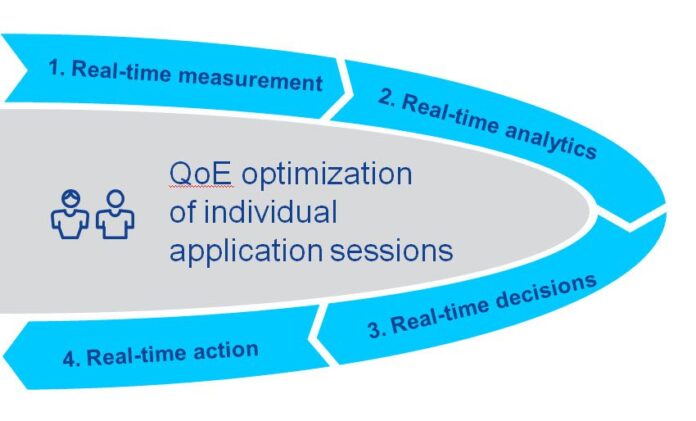Nokia Networks is highlighting the potential of big data-driven artificial intelligence and automation, aiming to show a vision of the future for networks that allows them to more precisely allocate resources and run more efficiently.
Ajit Kahaduwe, head of ecosystem innovation for Nokia Networks, said the company believes it can drive up to 30% extra capacity by allowing more application sessions to be run simultaneously and give sessions exactly the resources they need, rather than too much or too little. The technique, which the company calls its Nokia Networks FutureWorks, involves instant optimization by relying on artificial intelligence for networks in the form of an analytics and decision engine that also integrates automation and machine learning over time based on network conditions.
“This cannot be achieved by current methods because … an automated, immediate and interactive loop between analytics, decision and optimization has been missing,” the company said. Nokia said that, for instance, a more intelligent network would be able to adapt to a changing subscriber environment, such as being able to provide a consistent video experience along a travel route.
Kahaduwe noted that the design of networks rarely keeps pace with the way they are actually used.
“The market is rapidly changing,” Kahaduwe said. “The way people use the network is very different from even five years ago. We really need to look at how we give an individual user what they’re looking for.”
Even LTE, he said, was designed for mobile Internet use and instead is largely used for mobile apps.
“A mobile network generates colossal volumes of data that are relevant to a subscriber’s actual QoE. But this data needs to be measured, analyzed and acted upon immediately to be able to affect the subscriber session as it happens,” said Hossein Moiin, executive vice president and CTO of Nokia Networks. “This FutureWorks innovation shows how the network could respond automatically and instantly to changing customer needs and network conditions to improve their experience by orders of magnitude while ensuring network resources are used optimally.”
Nokia said it has proven out the technology in real networks and that it could someday be deployed in multivendor 2G, 3G and LTE networks.
Nokia also announced today that it is planning a series of launches for the upcoming Super Mobility Week show to expand its cloud and virtualized offerings, and the capacity and speed of its LTE-Advanced offerings.

